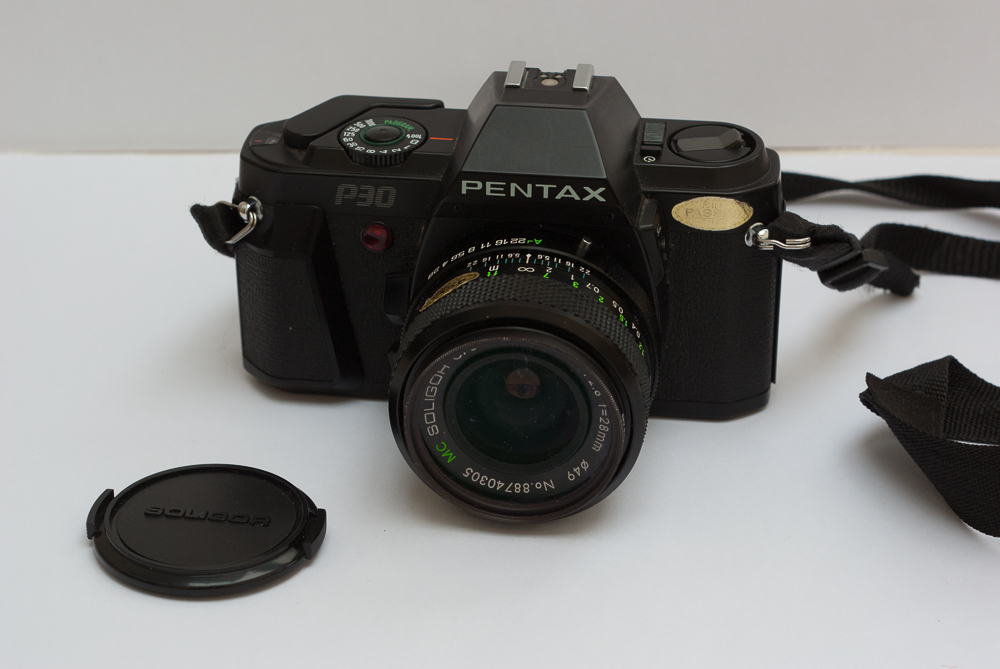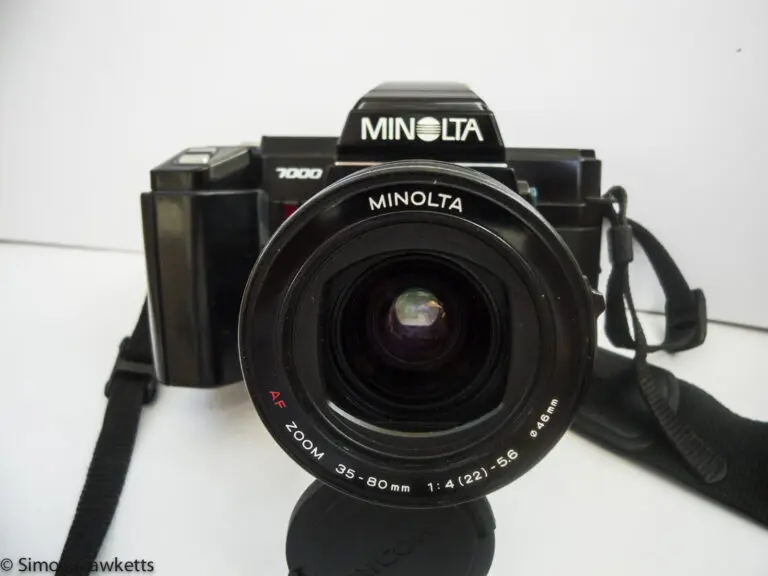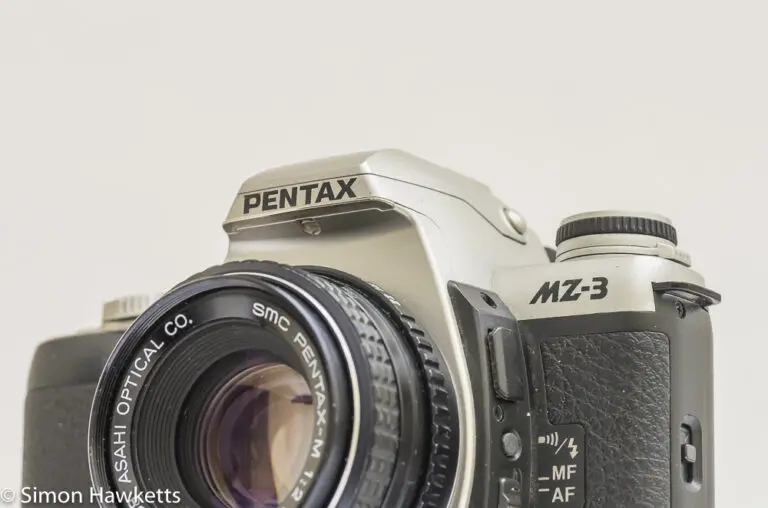My Dad’s Brilliant Pentax P30 35 mm camera
This is my review of the classic Pentax P30 35 mm manual focus SLR, which was manufactured in Japan in the mid to late 1980s.
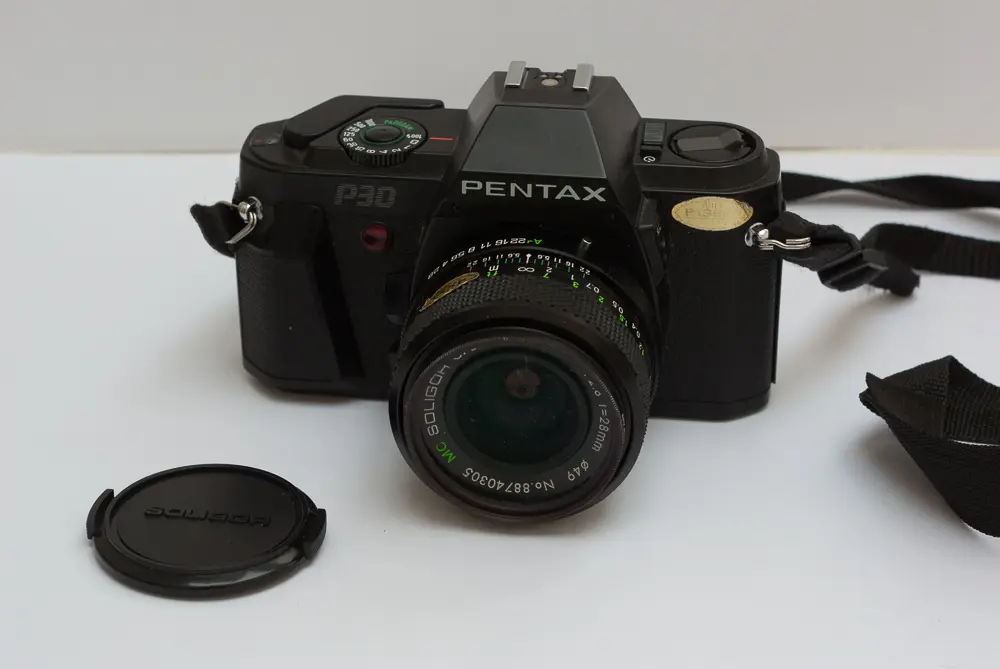
My Pentax P30 Camera
Of all the 35 mm film cameras which I own, there are two which are in reasonable condition and would still give good results. A Canon EOS 300, and this camera, a Pentax P30.
I happen to know the antecedence of this camera because my sister, my brother and I clubbed together to buy it as a retirement present for my father when he finished work about 25 years ago. He has always been interested in photography, but could never afford to buy a decent camera, so when he finished work we thought it would be an ideal present for him.
By memory, it cost about £250 which was a lot of money, but at the time it was a top of the range enthusiasts camera. I remember thinking at the time, that to own a Pentax was the pinnacle of an amateur photographer’s aspirations. The only other camera which I would have wanted to buy would have been a Nikon. I guess those thoughts are what influenced my decision to buy a Pentax K200D a few years ago when I bought my first DSLR, and then stick with the Pentax brand ever since.
A few months ago my father gave the camera to me since he knows I collect vintage cameras, and he doesn’t get out enough these days to take many pictures.
Pentax P30 Description
The P30 is a 35 mm camera which must have been made in the mid 1980s. The example I have is fitted with a 50 mm F1.7 lens, which attaches to the body with a K-mount bayonet connection. This is the same type of connection (now with enhancements) that my K-5 has, and I can fit the lens onto the K5. Of course the K-5 is an APS-C sensor camera, so the lens acts as a 75 mm on the k5, which makes it a good, fast portrait lens.
The shutter range is 1/1000 to 1 sec with a B setting and flash sync at 1/100. The camera has program mode exposure control which sets both the aperture and shutter speed, and metered manual mode which means you get an indication in the viewfinder of the correct exposure when you adjust both the shutter and aperture. In this mode you have control of depth of field, motion blur etc by adjusting the correct combination of shutter/aperture.
The viewfinder in the P30 is brilliant. I think it’s better than the viewfinder of my K-5, certainly brighter, and because the P30 is manual focus the focus assist section in the centre of the viewfinder is a real help. There is a Fresnel screen with a split-level rangefinder as well. I wish I could fit the viewfinder from the P30 on to my K-5. Along the side of the viewfinder is an electronic display of shutter speed and the exposure mode the camera is set to. This is minimal information when compared to the display in a modern DSLR !
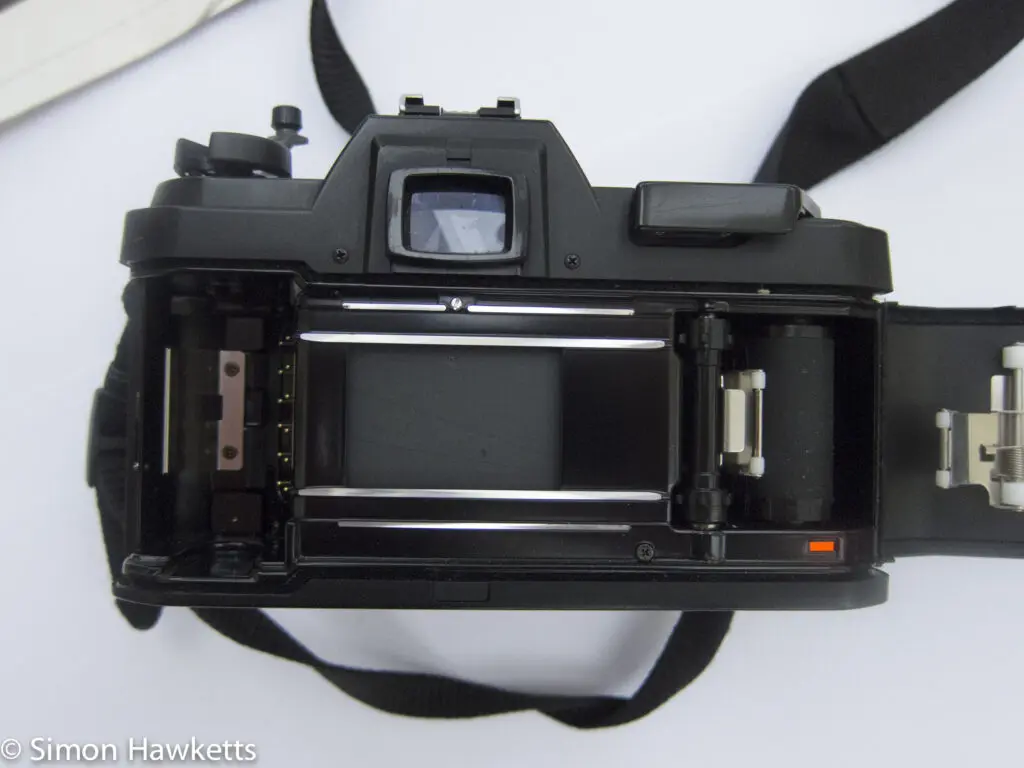
The film speed is set using DX coding on the film canister. This was an early form of bar-coding, with contacts fitted inside the camera which connect to the film canister and read the speed of the film. This was quite a good innovation in its day because it stopped a whole reel of film being shot at the wrong speed.
These days, we are used to setting the ISO and colour balance every time we take a shot, but when the P30 was a current camera that decision needed to be made at the start of a reel of film and stuck with. That is one of the reasons that press photographers had several camera bodies with them during a shoot – if they needed faster film, just pick up a different body.
There is a self-timer fitted to the P30 which allows an electronic delay when firing the shutter. This was achieved by pressing a small button next to the on/off switch on the top plate of the camera, and then sliding the switch an extra step forward. When this was enabled, the shutter fired about 12 seconds after the shutter release was pressed.
The exposure lock button is positioned below the prism housing on the right-hand side of the camera, viewed from the front. This allows the exposure to be locked at the current setting, so a shot can have the exposure set and then be re-framed without changing the exposure.
Unfortunately, although the camera was working fine the last time I put it away, when I got it out to write this post it seems to be completely dead. It’s not the batteries, which I’ve tried, so I hope when I have time I’ll be able to fix it and perhaps try a roll of film in it again.
Pentax P30 Camera Manual
I’ve recently started adding to the camera manuals I have on the site, and I’ve scanned the P30 manual which came with the camera. It’s available for viewing below.
Pentax P30 Images
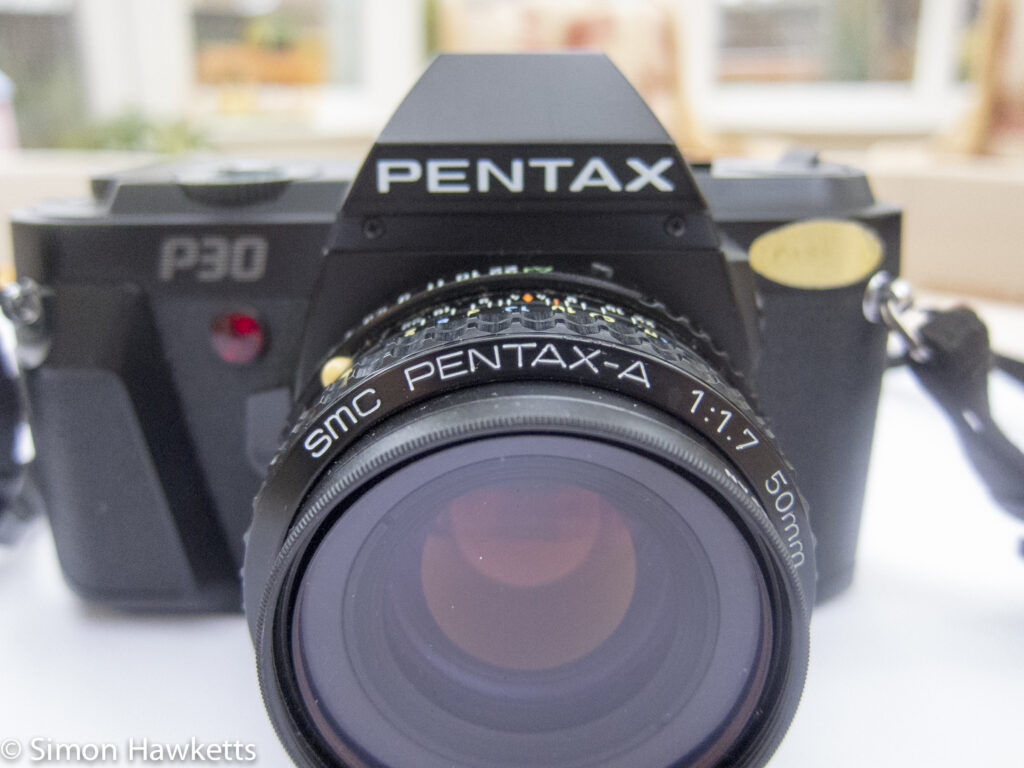
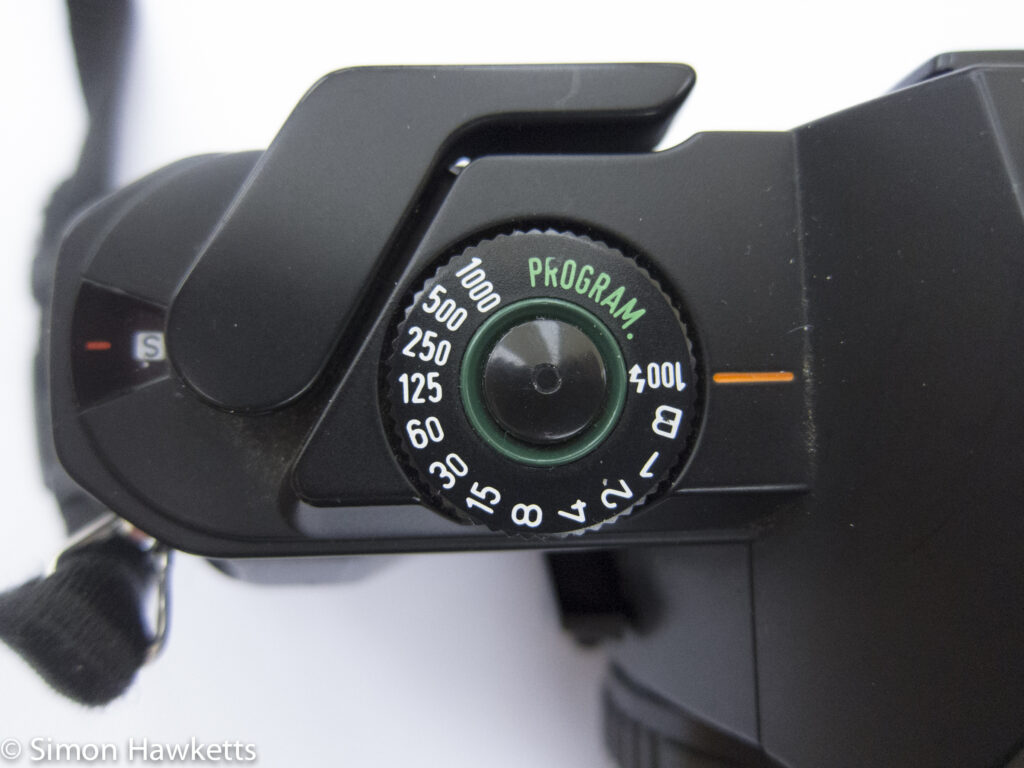
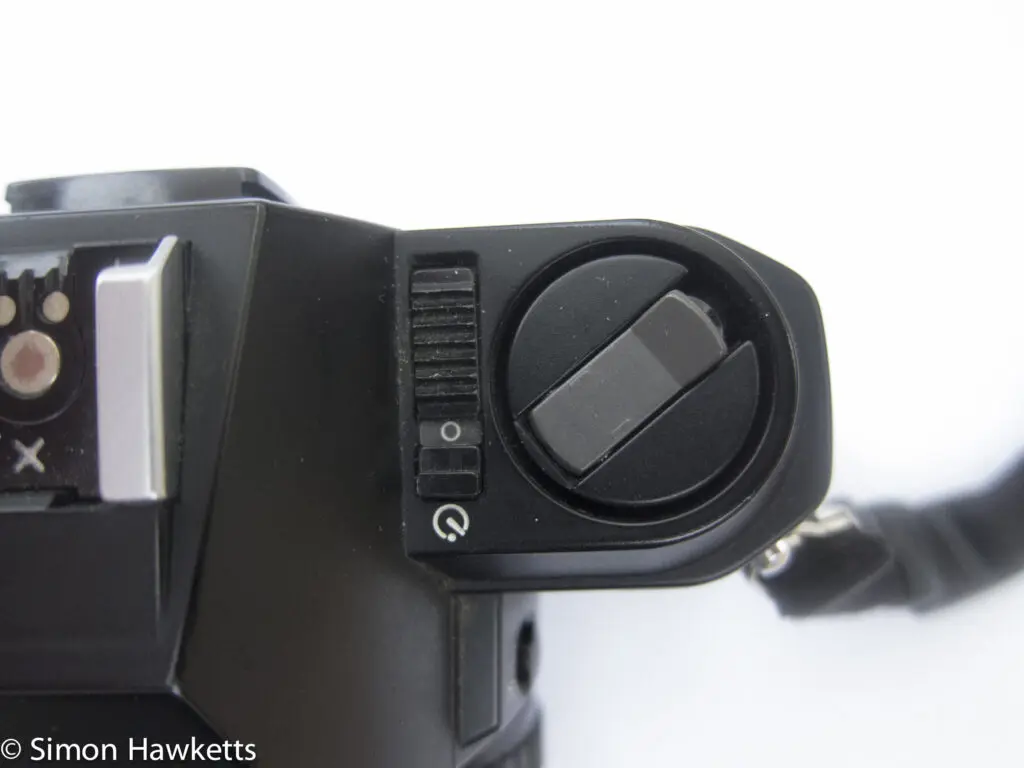
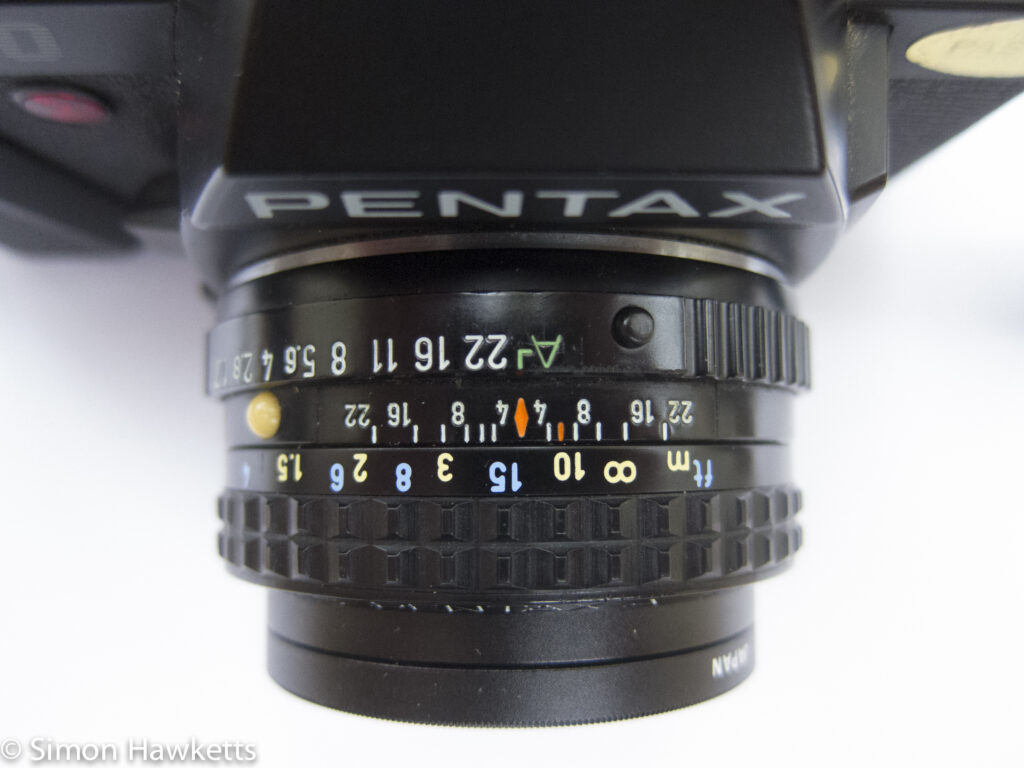
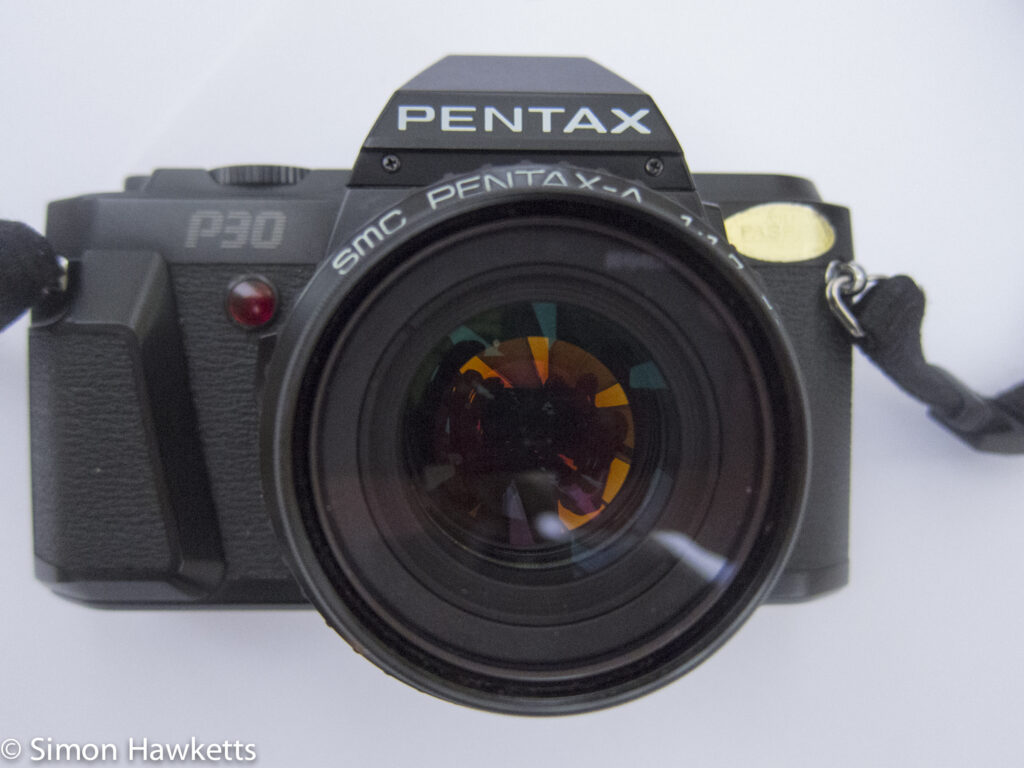


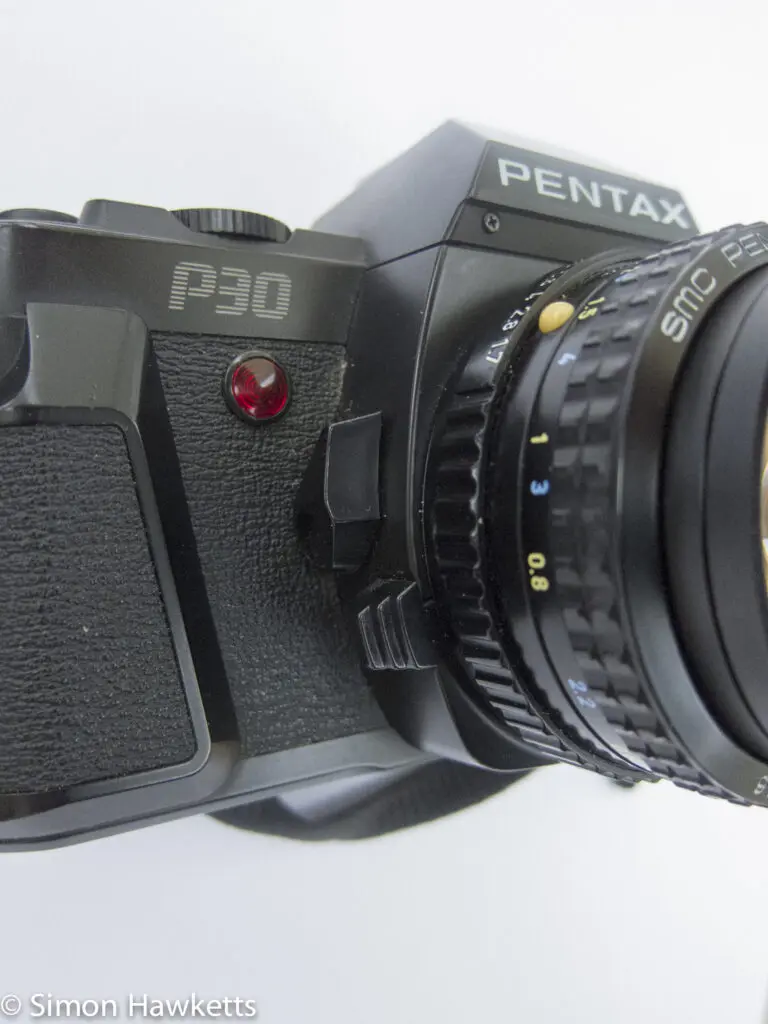

As I said above, although I haven’t put a film through this camera I have used the lens on my Nex 6 and can confirm it’s a bit of a star. The pictures I took with that combination are shown in this gallery
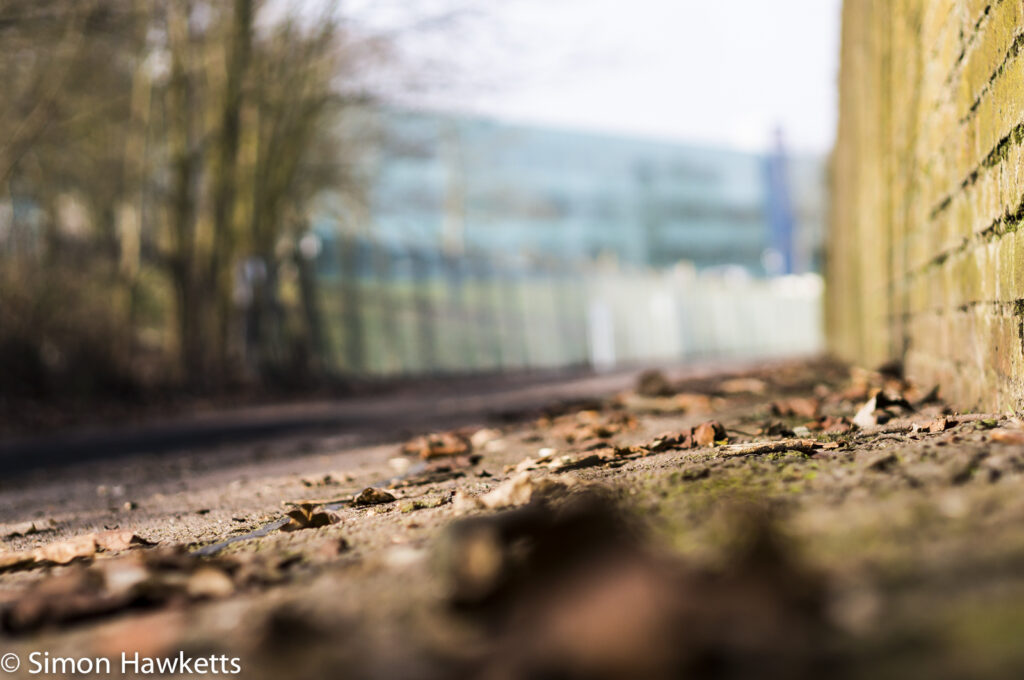
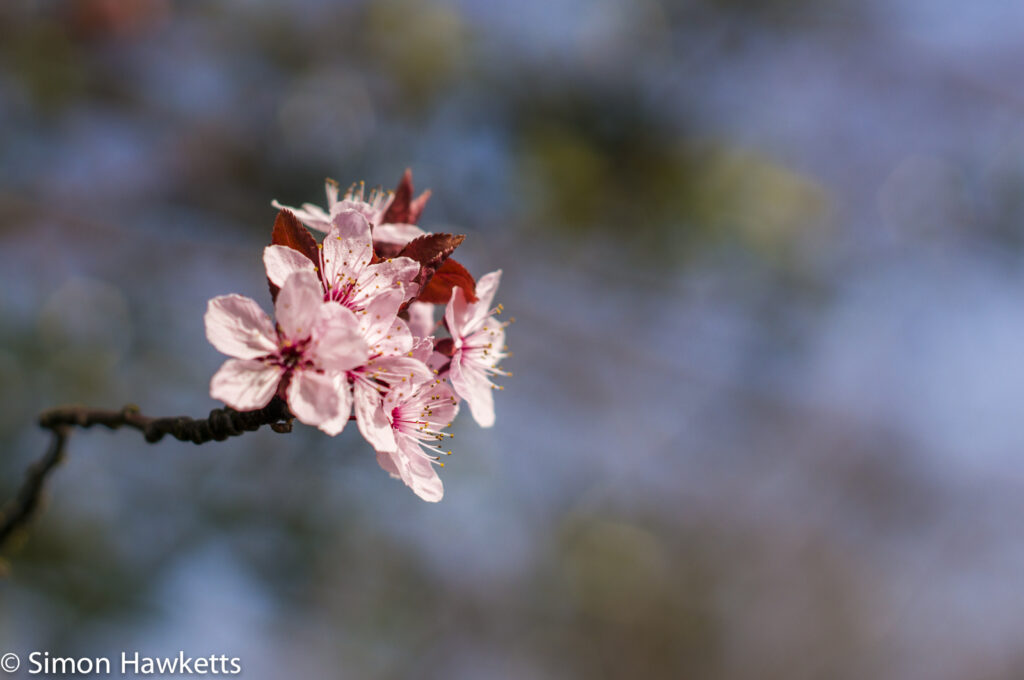

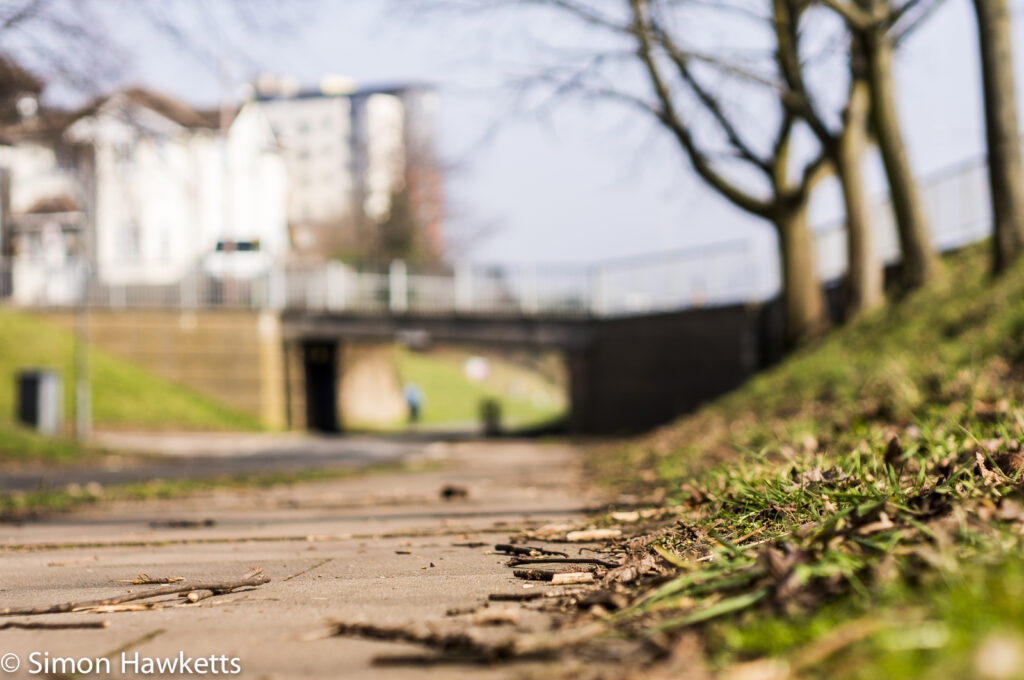
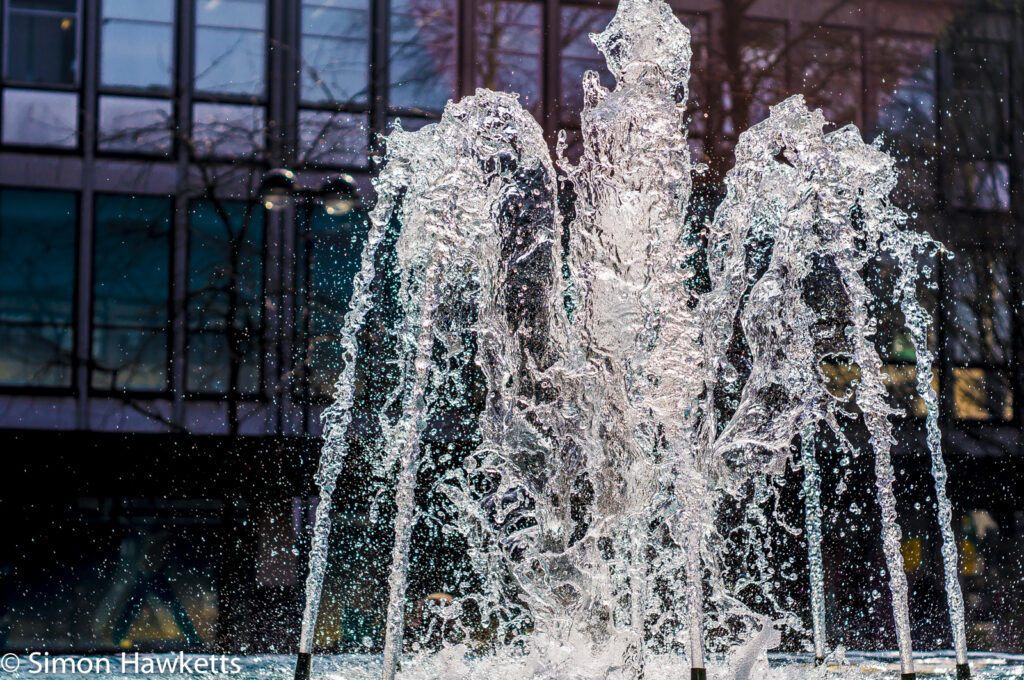
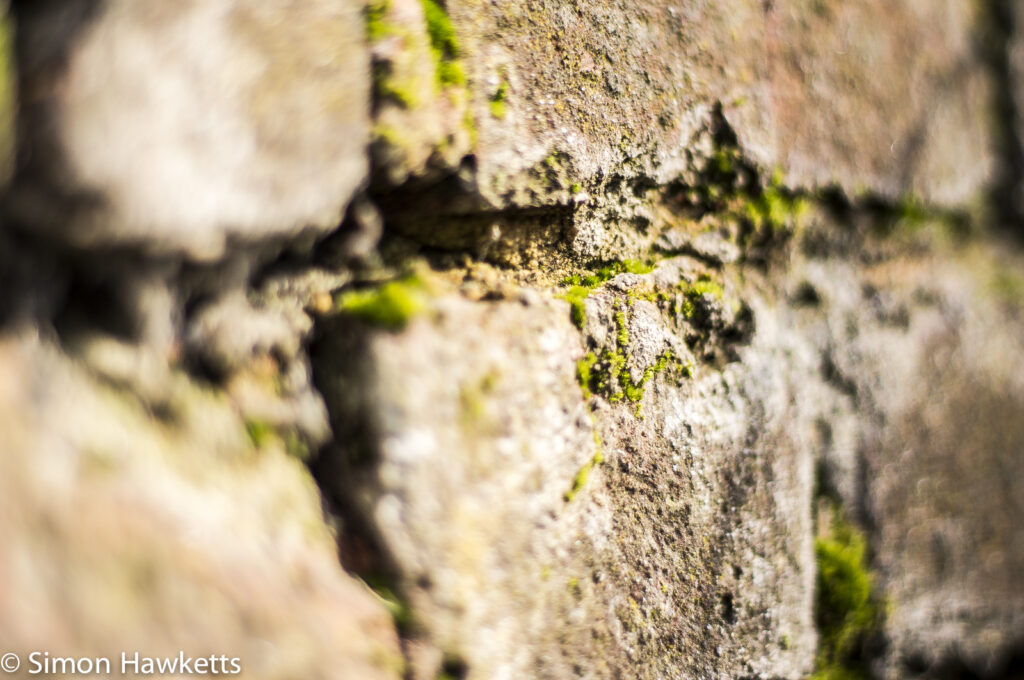

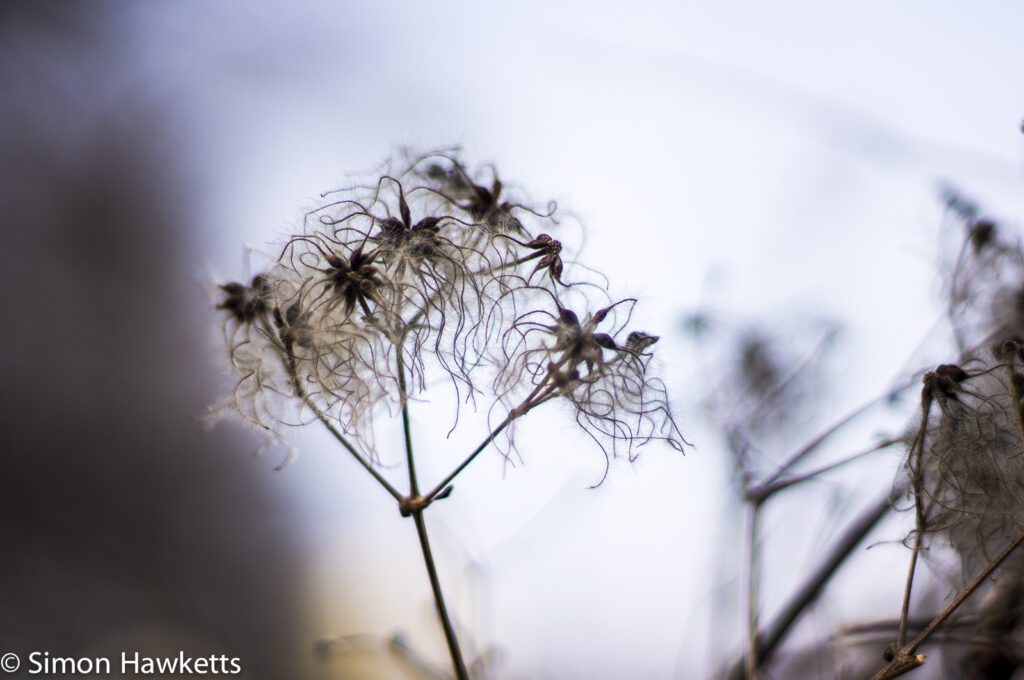
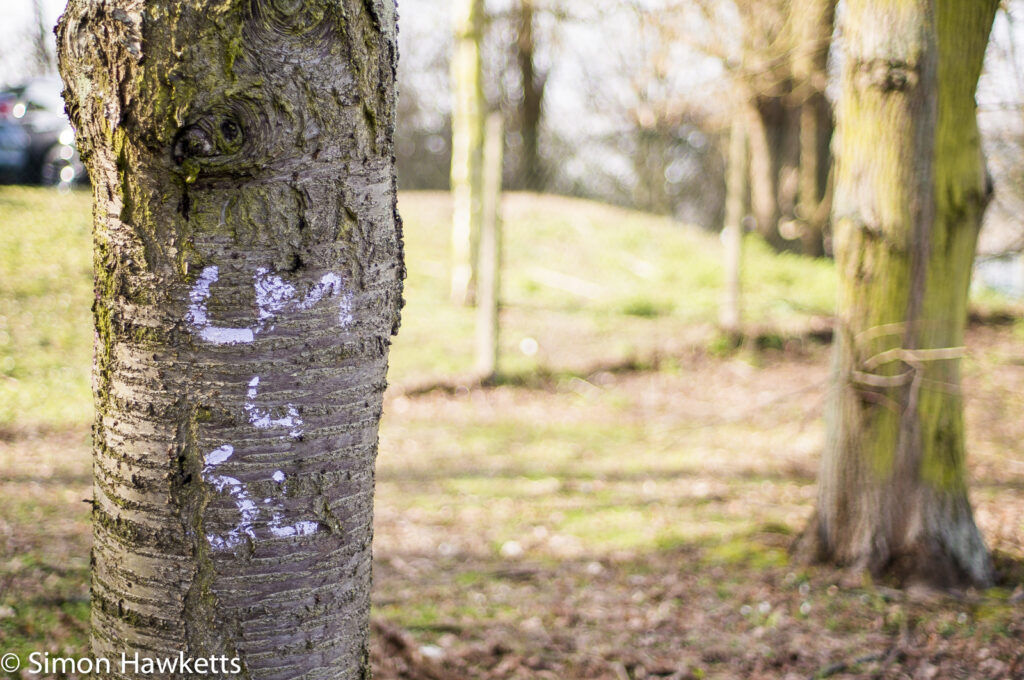
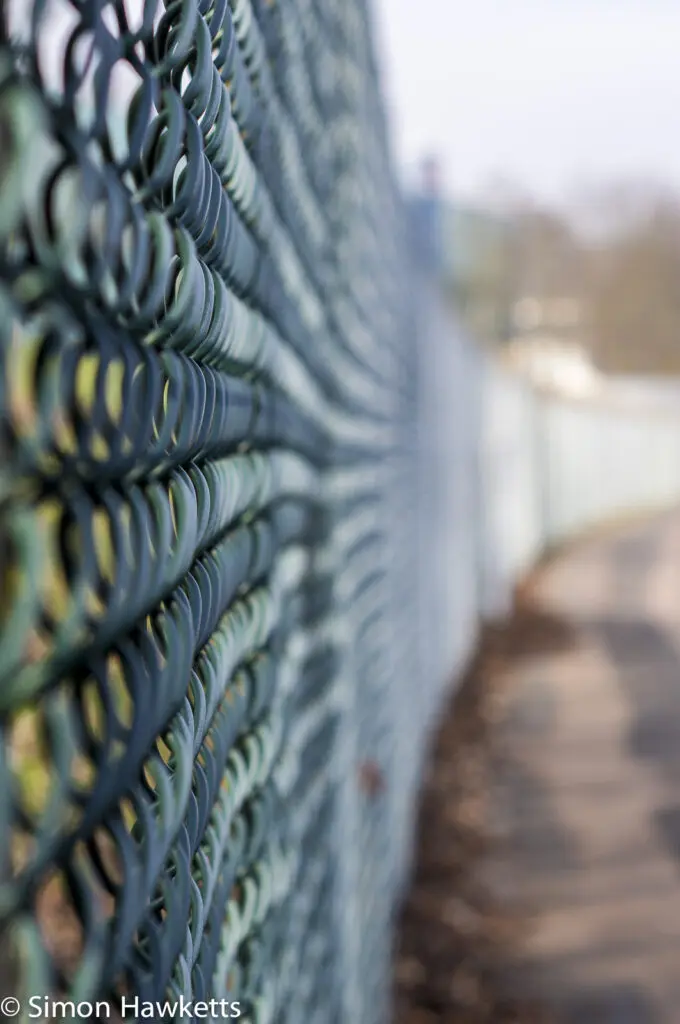
and the post is here.
Problem Update
Update: The problem with the shutter turned out to be the top of the battery compartment. The metal in the central contact had worn off, so the batteries weren’t making proper contact. I replaced the cover with one from a donor camera, and my P30 is back working like new. In fact, I like the series so much I bought a P30t, which has aperture priority auto exposure, as well!
Discover more from Everything Vintage
Subscribe to get the latest posts sent to your email.

